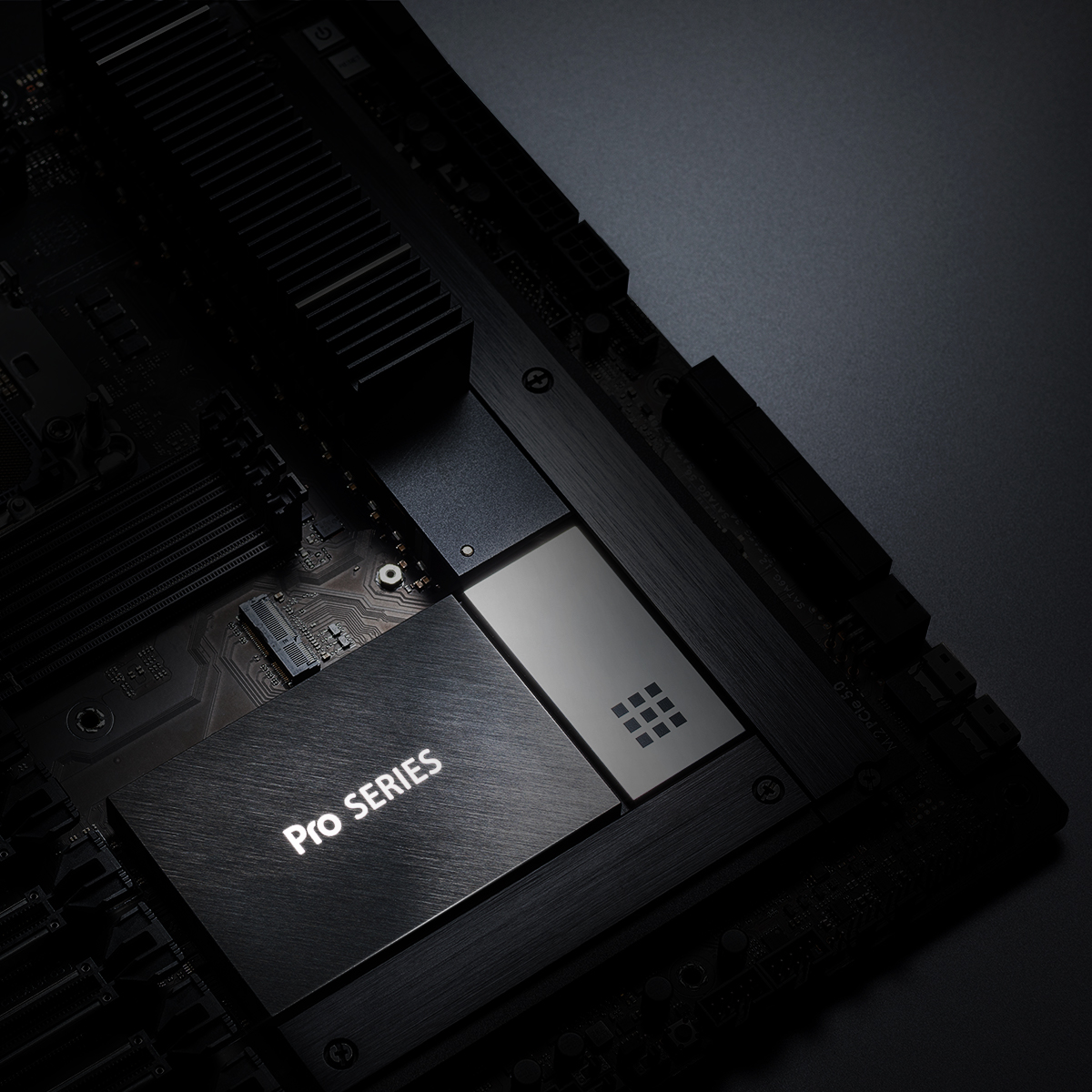It should be noted that the timeline was:
1. Softmachines bought out, everything was scrapped but 2^x physical cores to one virtual core.
2. Get Softmachines used to using Intel Foundries (TSMC -> Intel)
[2016->2019--BKrza]
3. Softmachines started work on an American P-core/Core(tm) Project
4. All American P-core/Core(tm) projects killed
[2019->2020--BSwan]
5. The leftovers from the reckoning were moved to an Atom/E-core Project.
[2021+--PGels]
Pay attention to the distances in Intel3 and Intel20A, if they clear it for launch it will probably be 18A:
View attachment 76442
I believe this is from the P-core project(started at Intel was assisted by SoftMachines):
View attachment 76443 [Math-Memory-2xAVX512(4x256-bit;;in Client)-Memory-Math::2 P-corefusion]





